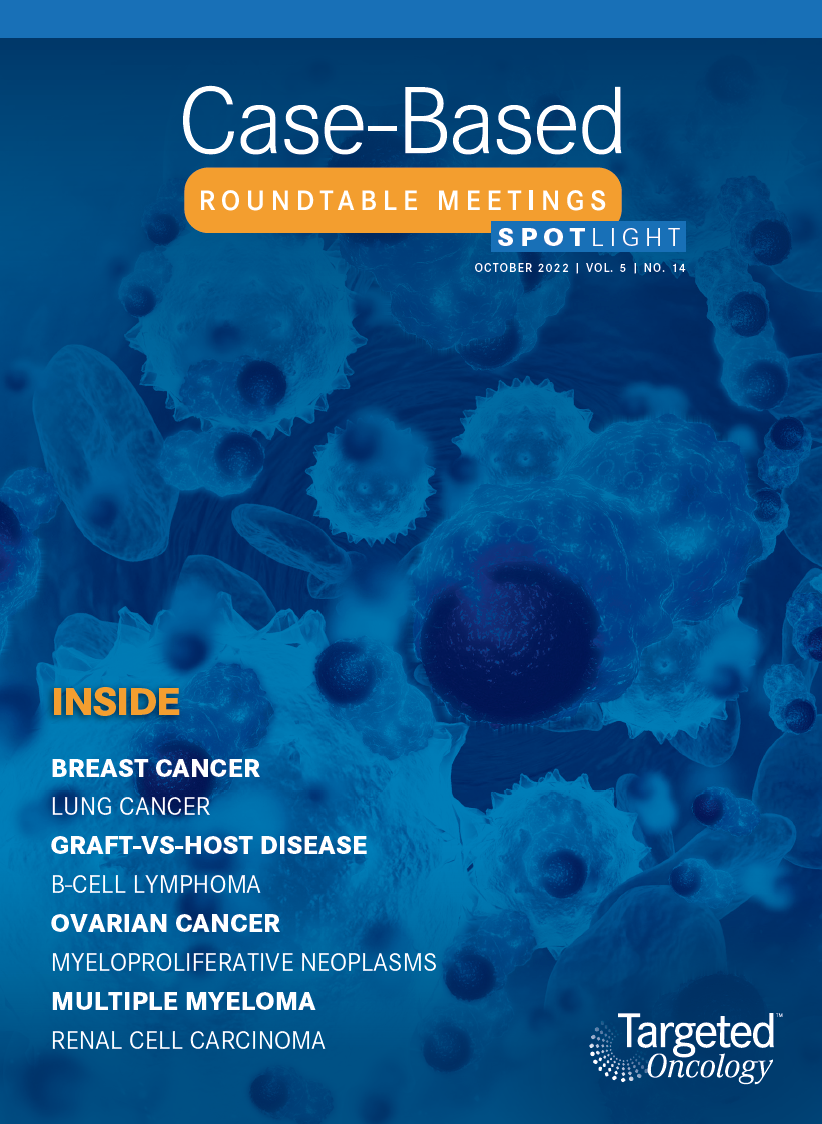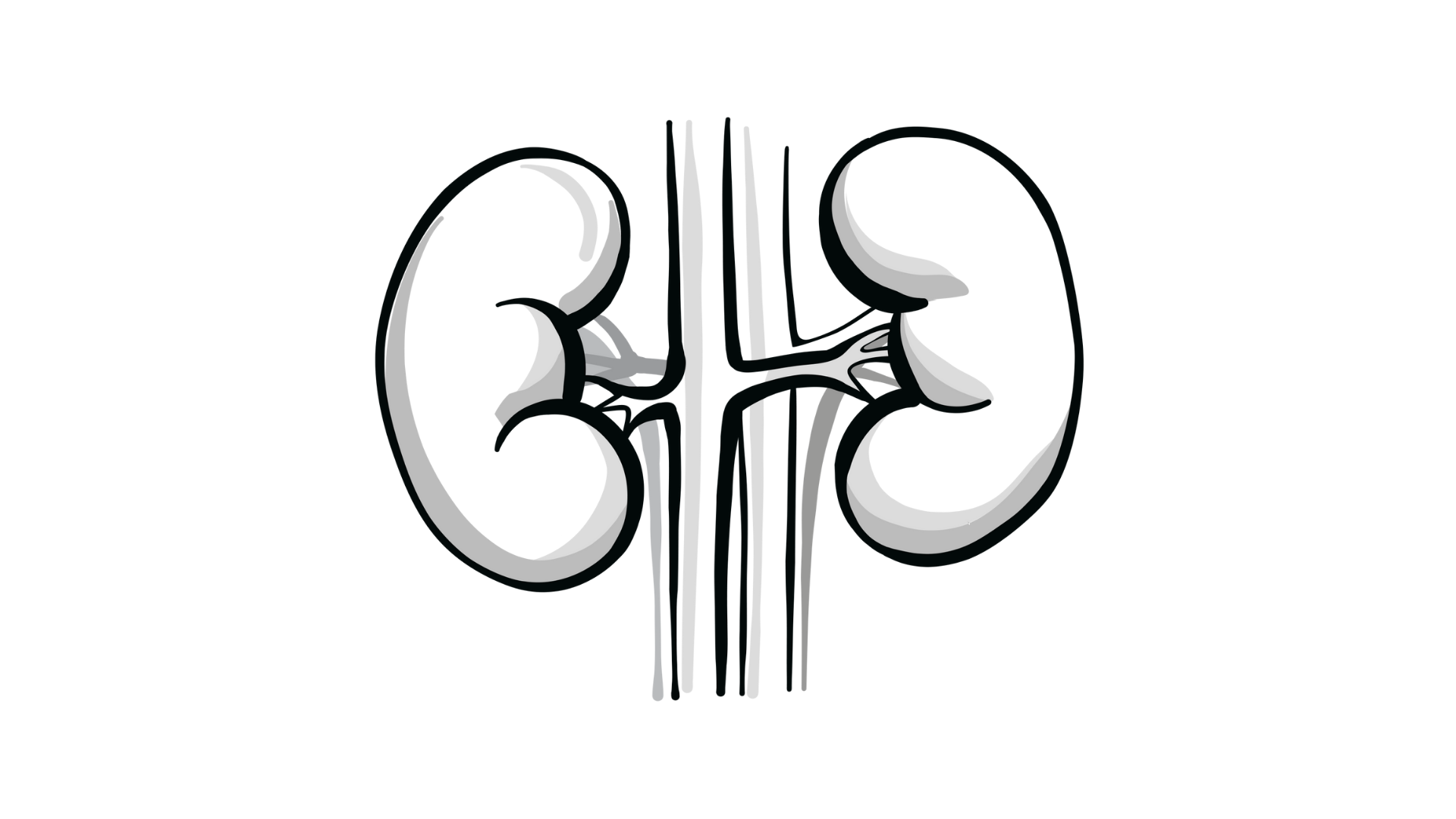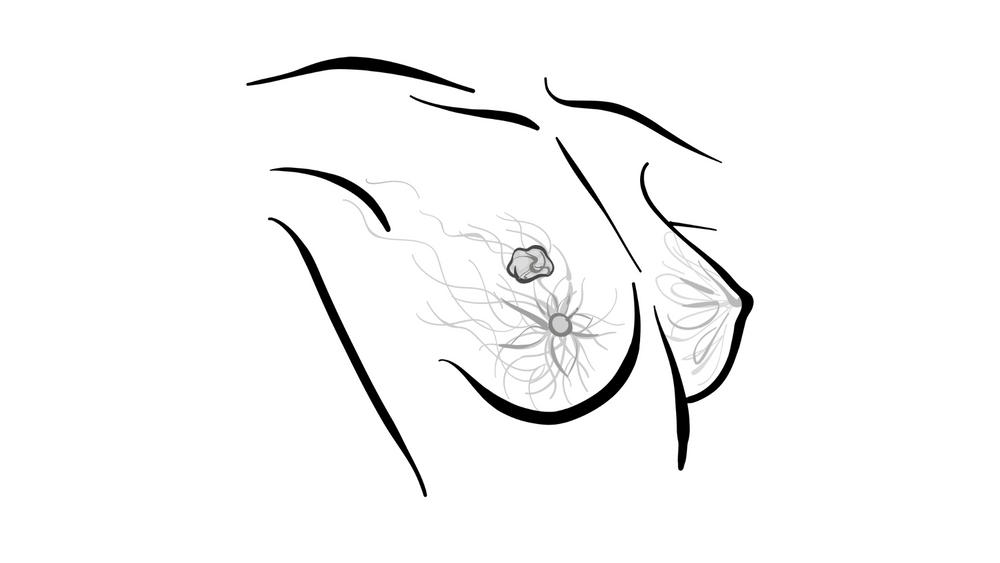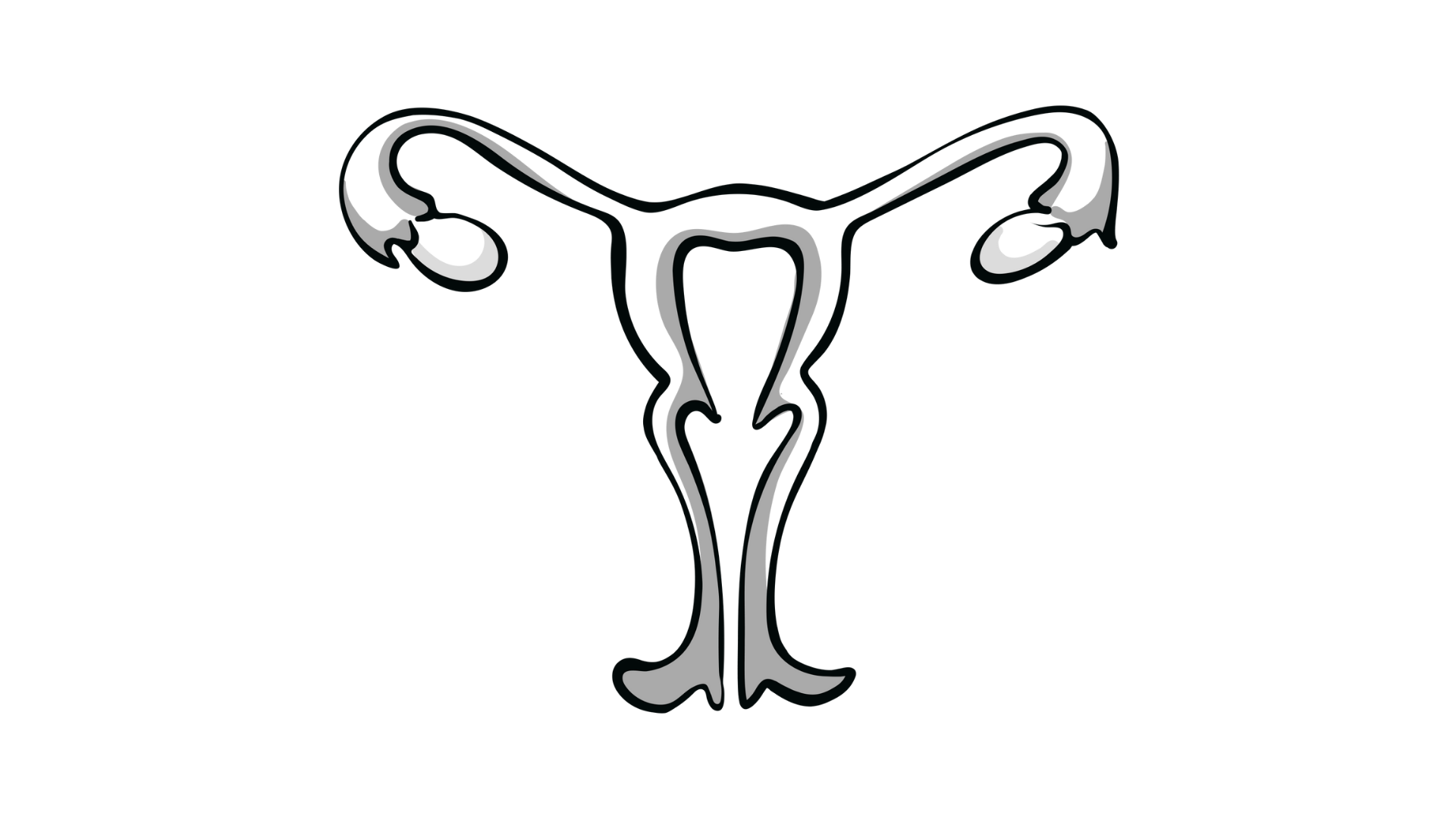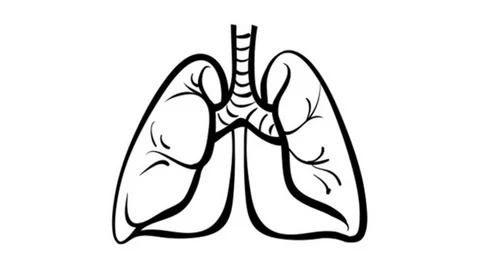Recommended Approaches to Treatment for Early-Stage HER2+ Breast Cancer
During a Targeted Oncology case-based roundtable event, Jennifer M. Matro, MD, discussed the data supporting systemic therapies for treatment of early-stage HER2-positive breast cancer including trastuzumab and pertuzumab.

Jennifer M. Matro, MD
Associate Professor of Medicine
UC San Diego Health
La Jolla, CA

Targeted OncologyTM: What are the recommended approaches to treating early-stage HER2-positive breast cancer?
MATRO: [What I will discuss] is by no means meant to be a dogmatic approach, but more an adaptive algorithm for early-stage HER2-positive breast cancer. There are patients for whom neoadjuvant treatment is appropriate and patients for whom adjuvant treatment would be appropriate. Starting in the neoadjuvant population, which is now most of our patients: Generally, these are patients who have either positive lymph nodes or T2 tumors, and IV chemotherapy along with dual HER2-targeted therapies [is] appropriate.
After their up-front chemotherapy, they go to surgery. If they have a pCR, like our patient did here, then they proceed to HER2-directed therapy to complete 1 year. [When looking at] trastuzumab plus or minus pertuzumab there is some thought, extrapolating from the APHINITY trial [NCT01358877], that for patients who presented initially with a node-negative disease—maybe they were T2N0—and had a pCR, that you do not necessarily need the pertuzumab; but for patients who are node positive at presentation, include the pertuzumab.1,2
For patients who did not have a pCR, based on the KATHERINE trial [NCT01772472], we have the adjuvant T-DM1 [trastuzumab emtansine (Kadcyla)] for 14 cycles.3 Patients who do not have preoperative therapy and have surgery first are going to be patients who are mostly earlier stage with imaging, T1N0, or if there is a question of the extent of disease.
[In the patient in this case] there are 6 cm of nonmass enhancement and biopsy of the nonmass enhancement shows DCIS. It is unclear what the extent of disease is, and you go ahead with surgery first. If the patient comes out of surgery with negative lymph nodes and smaller tumors, then paclitaxel/trastuzumab for 12 weeks is recommended, as it has been shown in the APT trial [NCT00542451] and a subsequent larger study that the outcomes for those patients are excellent.4
For patients who have larger node-negative cancers, maybe 2 or 3 cm, or are younger and you are worried more about their risk, TCH [docetaxel, carboplatin, and trastuzumab] would also be appropriate. For node-positive patients, we are going to include the dual HER2 therapy. Neratinib [Nerlynx] in the ExteNET trial [NCT00878709] was shown to provide some benefit, particularly for patients with hormone receptor–positive disease and multiple positive lymph nodes.5 That is also part of the consideration in the algorithm for higher-risk patients.
I want to highlight that the trastuzumab biosimilars can be used interchangeably with the brand-name Herceptin, and the subcutaneous formulations of trastuzumab and trastuzumab/pertuzumab can also be used in place of the IV formulations.
Can you discuss APHINITY?
APHINITY is the study that led to the use of dual HER2 therapy in the adjuvant setting.1 The patients, who already had surgery, were randomized to chemotherapy with trastuzumab plus pertuzumab or placebo. The primary end point was invasive-disease–free survival. They did not restrict the type of chemotherapy; it could be anthracycline or nonanthracycline based. Patients who had hormone-positive disease also got endocrine therapy.
[In the] updated analyses, with invasive-disease–free survival by subgroup, in the intention-to-treat population, there was just under 3% improvement with the use of pertuzumab. It did not seem to matter whether they were hormone positive or hormone negative, but where the difference was really seen was in the patients who were node positive. The patients who were node positive were driving the benefit seen, and patients who were node negative did not see [much] difference with the addition of pertuzumab. So far, we do not have any overall survival benefit, but it is early and we are waiting for those results.

What is the role of the subcutaneous formulation of trastuzumab and pertuzumab?
The combination of trastuzumab, pertuzumab, and hyaluronidase [Phesgo] for subcutaneous injection has an FDA-approved indication for both early-stage and metastatic disease.6 It can be used in the neoadjuvant or adjuvant setting in combination with chemotherapy, and in the metastatic setting in combination with taxane therapy, predominantly in the first line. I believe it is preconcentrated. I know with the loading dose it is a slightly higher volume—I think it is 15 mL as opposed to 10 mL—but it is [like] a fixed dose.
The FeDeriCa study [NCT03493854] showed that the pharmacokinetics are essentially the same between the subcutaneous formulation and the IV formulation.7 In other studies that have used combination trastuzumab and pertuzumab in those settings, the thought is that the fixed-dose combination can be used for those indications as well.
FeDeriCa was a phase 3 study that was looking primarily at the pharmacokinetics. Patients who were getting preoperative chemotherapy, which was predominantly anthracycline based, were randomly assigned to IV formulation or subcutaneous formulation, and then they had surgery, and then afterward they were continued either on the IV formulation or the subcutaneous formulation. The primary end point was noninferiority of the cycle 7 trough concentration of the pertuzumab, with the fixed dose compared with the IV formulation.
One of the advantages of doing neoadjuvant studies is that we have an immediate end point of response rate. The rate of pCR was the same for both [Figure7]. It was well tolerated; no major differences in risks associated with the IV vs the subcutaneous formulation. A few more patients had a little bit of irritation at the injection site vs infusion reactions.

If you want to discontinue pertuzumab in a low-risk patient as adjuvant therapy, do you have to change back to IV?
There is a trastuzumab-[plus hyaluronidase] subcutaneous injection. The brand name is Hylecta. So, it is the same idea: If you can get access to Phesgo or the dual HER2 injection, you should be able to get access to the trastuzumab-based injection. The trastuzumab-based injection also has extensive pharmacokinetics studies showing that it is similar in efficacy to IV trastuzumab.8,9
Can you discuss the difference in timing between IV and subcutaneous administration?
With standard IV, in the first loading dose, the pertuzumab is supposed to be given over [30 to 60] minutes, and the trastuzumab is given over 30 to 90 minutes, and you have this observation period in between [of 30 to 60 minutes]. It can take hours.
Once you are on and tolerating the trastuzumab and pertuzumab IV, they can be given over 30 minutes each. There is a much shorter observation window, but nonetheless it is going to be at least 1 hour, potentially up to 2 hours. Whereas with the fixed-dose subcutaneous administration, the injection itself takes a couple of minutes. You watch them for another 15 to 30 minutes, so the total time is generally 20 to 40 minutes, so it takes at least half the time. This opens chair time for other patients who need IV infusions, and saves patients from having an IV placed, and it allows them to potentially get their port removed earlier. Generally, it can provide benefits to patients and providers. One thing that remains to be seen is whether this is something that eventually could be given at home.
I was working in Philadelphia at the beginning of the [COVID-19] pandemic, and the University of Pennsylvania at that time took most of the patients who were on leuprolide [Lupron] for ovarian suppression and transitioned them to home nursing. All of those patients were getting injections at home with their leuprolide. They did not have to come in. If you have skilled nursing in the community, is this something that patients may even be able to get at their home or their office? I think that is something that has potential for opening that up as an option, which would be even better for patients.
What is known about which option patients prefer?
We see, based on the PHranceSCa study [NCT03674112], that patients do prefer the subcutaneous formulation.10 PHranceSCa looked at patient preference. Patients who had completed their chemotherapy and surgery and were going to be completing a year of HER2-directed therapy were randomized. Half of the patients got the IV formulation, half got subcutaneous administration for the first 3 cycles, and then they crossed over and switched to whichever one they had not received before, and then they were allowed to choose which one they wanted to finish the rest of the year of HER2 therapy with. The primary objective was patient preference.
What we saw was that 85% of patients preferred the subcutaneous formulation over the IV and 87% chose to use that subcutaneous formulation to finish their treatment after experiencing it. The main reasons were less time in clinic and administration being more comfortable.
REFERENCES
1. Piccart M, Procter M, Fumagalli D, et al; APHINITY Steering Committee and Investigators. Adjuvant pertuzumab and trastuzumab in early HER2-positive breast cancer in the APHINITY trial: 6 years’ follow-up. J Clin Oncol. 2021;39(13):1448-1457. doi:10.1200/JCO.20.01204
2. von Minckwitz G, Procter M, de Azambuja E, et al; APHINITY Steering Committee and Investigators. Adjuvant pertuzumab and trastuzumab in early HER2-positive breast cancer. N Engl J Med. 2017;377(2):122-131. Published correction in N Engl J Med. 2017;377(7):702
3. von Minckwitz G, Huang CS, Mano MS, et al; KATHERINE Investigators. Trastuzumab emtansine for residual invasive HER2-positive breast cancer. N Engl J Med. 2019;380(7):617-628. doi:10.1056/NEJMoa1814017
4. Tolaney SM, Barry WT, Dang CT, et al. Adjuvant paclitaxel and trastuzumab for node-negative, HER2-positive breast cancer. N Engl J Med. 2015;372(2):134-141. doi:10.1056/NEJMoa1406281
5. Chan A, Delaloge S, Holmes FA, et al; ExteNET Study Group. Neratinib after trastuzumab-based adjuvant therapy in patients with HER2-positive breast cancer (ExteNET): a multicentre, randomised, double-blind, placebo-controlled, phase 3 trial. Lancet Oncol. 2016;17(3):367-377. doi:10.1016/S1470-2045(15)00551-3
6. Phesgo. Prescribing information. Genentech; 2020. Accessed May 5, 2022. https:// bit.ly/3RFnCsv
7. Tan AR, Im SA, Mattar A, et al; FeDeriCa study group. Fixed-dose combination of pertuzumab and trastuzumab for subcutaneous injection plus chemotherapy in HER2-positive early breast cancer (FeDeriCa): a randomised, open-label, multicentre, non-inferiority, phase 3 study. Lancet Oncol. 2021;22(1):85-97. Published correction in Lancet Oncol. 2021;22(2):e42
8. Pivot X, Verma S, Fallowfield L, et al. Efficacy and safety of subcutaneous trastuzumab and intravenous trastuzumab as part of adjuvant therapy for HER2-positive early breast cancer: Final analysis of the randomised, two-cohort PrefHer study. Eur J Cancer. 2017;86:82-90. doi:10.1016/j.ejca.2017.08.019
9. Jackisch C, Stroyakovskiy D, Pivot X, et al. Subcutaneous vs intravenous trastuzumab for patients with ERBB2-positive early breast cancer: final analysis of the HannaH phase 3 randomized clinical trial. JAMA Oncol. 2019;5(5):e190339. doi:10.1001/ jamaoncol.2019.0339
10. O’Shaughnessy J, Sousa S, Cruz J, et al; PHranceSCa study group. Preference for the fixed-dose combination of pertuzumab and trastuzumab for subcutaneous injection in patients with HER2-positive early breast cancer (PHranceSCa): a randomised, open-label phase II study. Eur J Cancer. 2021;152:223-232. doi:10.1016/j.ejca.2021.03.047
